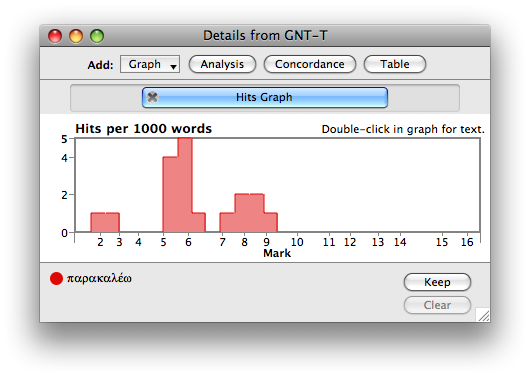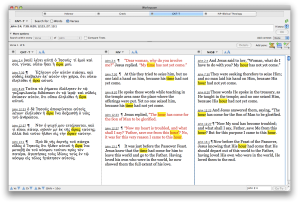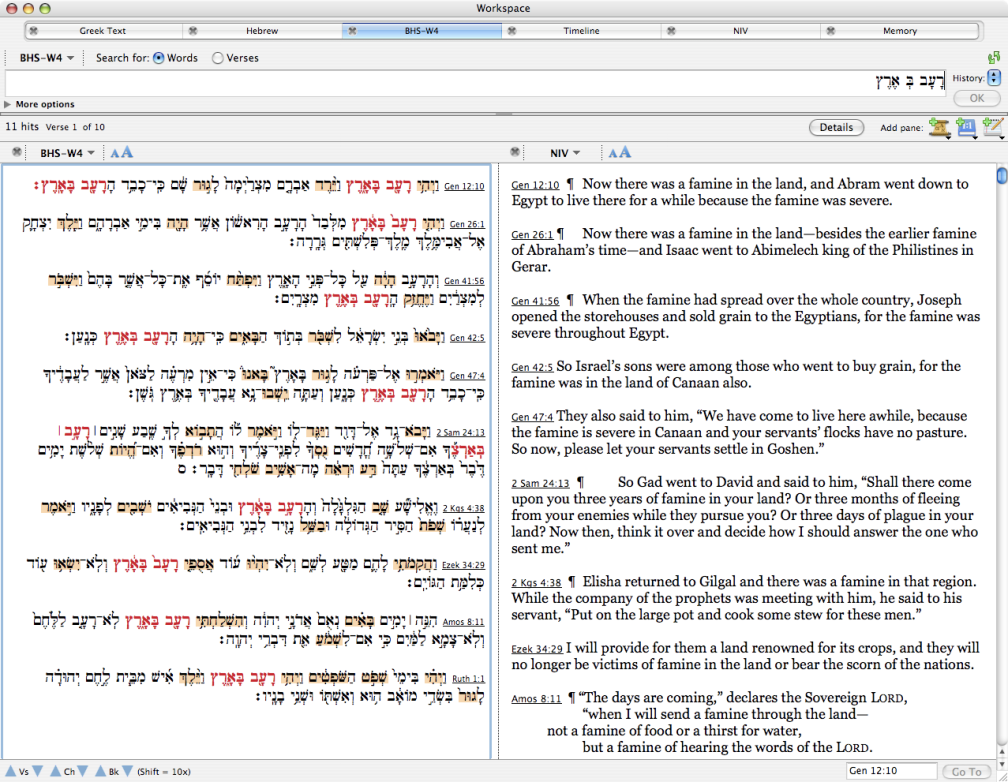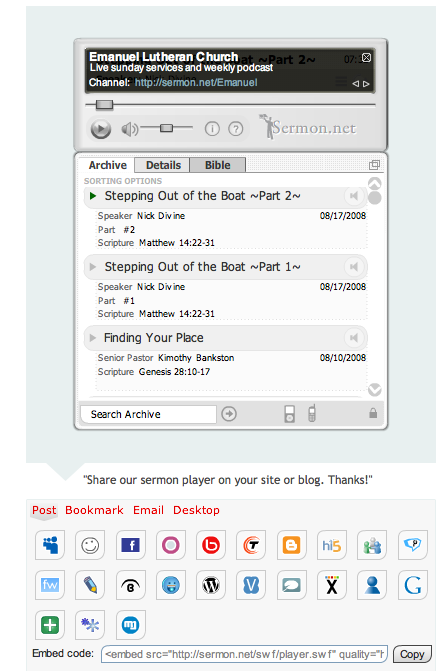For a while I’ve been contemplating switching from the NIV to the ESV for preaching and teaching. Increasingly I’m finding their more literal rendering (chart) more satisfying to bring out the nuances of the text.
For example, while reading Mark 5 I noticed the theme of begging or entreating in vv. 10, 12, 17, and 18. Both the NASB and the ESV use the same word consistently (NASB uses “entreat” and the ESV uses “beg”). As a result, one can easily trace that theme.
The NIV, however, uses “beg” three times and then “plead” once. Why? Does this not obfuscate this thematic thread? (Certainly, context shapes meaning and the Greek word behind “beg” can mean different things in different contexts–but because all of this occurs in the same chapter, it would seem prudent to use the same word throughout!)
By teaching from the NIV one is forced to operate on a thematic level rather than on the word level.
I’m not trying to hate on the NIV–it has served me well and can be very helpful — in general, I appreciate how they’ve tried to make Ephesians a bit more readable. 🙂 But I just wish they were consistent in their renderings of the same words in the same pericope.
Bonus: Fascinating (at least to me 🙂 ) how much the beg motif is found in this chapter as compared to the entire book of Mark:







